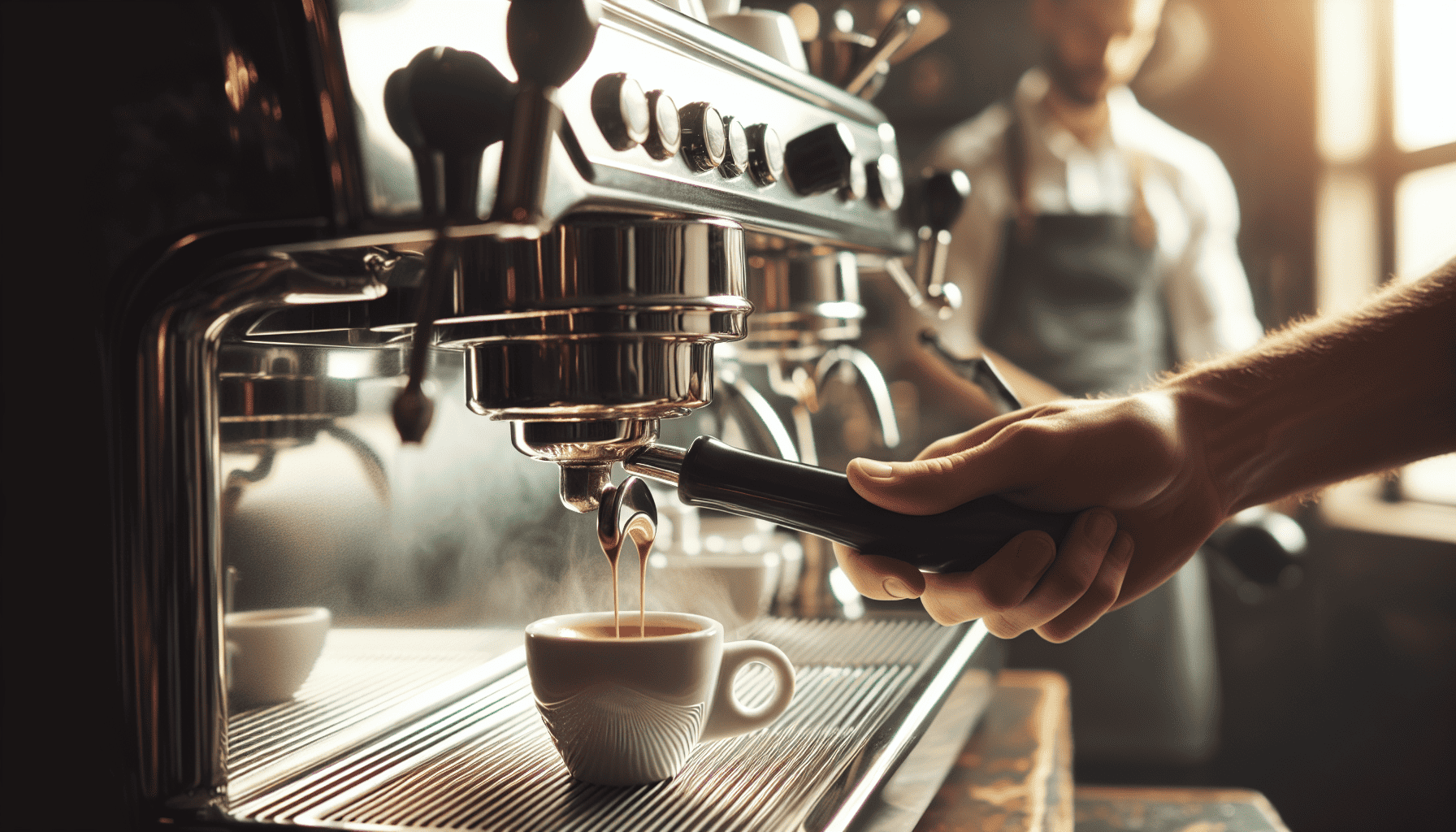Italian espresso, a quintessential symbol of Italian culture and social life, transcends being merely a beverage to become an experience, a ritual, and a refined art form. The journey of espresso unfolds through its rich history, precise craftsmanship, and evolving techniques, each brewing a perfect cup that captures the essence of Italy in every sip.
The Origins of Espresso
The story of espresso began in the early 20th century when technological innovation met traditional coffee-making. In 1901, Angelo Moriondo patented a machine capable of brewing coffee using steam pressure, a pivotal invention that laid the groundwork for espresso machines. Later, Luigi Bezzera and Desiderio Pavoni refined Moriondo's design, enhancing its efficiency and making espresso accessible to the budding café culture in Italy. By the 1930s, espresso had already cemented its place in Italian society, reflecting the dynamism and sociability of its people.
The Essence of Espresso Craftsmanship
Creating the perfect espresso is an art that requires meticulous precision and a deep understanding of coffee’s complexities. The magic of espresso lies in its three distinctive elements: the crema, body, and heart. The crema, a creamy golden layer atop the coffee, is formed by the emulsification of coffee oils and is often a mark of a well-executed espresso shot. The body refers to the espresso's weight and texture, while the heart is the dark, rich layer at the bottom that contains the drink's robustness and intense flavor.
Each shot starts with a precise grind of high-quality coffee beans, achieving the balance of fine yet not too compact to obstruct water flow. The pressure, temperature, and water quality are meticulously maintained, with nine bars of pressure and water heated to around 93°C (200°F) being the standard. This fragrant concoction is then extracted for a brief yet crucial 25 to 30 seconds, culminating in a shot that is both aromatic and flavorful.
Modern-Day Preparation Techniques
While tradition holds steadfast in the world of espresso, innovation is ever-present, introducing new methods and lifestyle adaptations. Contemporary espresso preparation often embraces technology, with state-of-the-art machines that allow coffee enthusiasts to customize their brews with precision and ease. However, the manual lever machines, though demanding more skill and patience, continue to be revered for the barista’s artful touch they require.
As espresso culture spreads globally, variations have emerged, each with its character yet paying homage to its Italian origins. From the intricate latte art adorning your cappuccino to the robust ristretto, creativity flourishes in every cup. The simplicity of the macchiato or the laid-back allure of the lungo showcase the adaptability yet consistency of espresso’s core principles.
Espresso: A Cultural Staple
Espresso serves more than just a sensory indulgence; it is a cornerstone of Italian lifestyle and hospitality. It invites moments of connection, where friends and family gather to exchange stories, ideas, and warmth over a small yet powerful shot. The barista-customer interaction at an Italian café underscores this ritual, where skill, personal touch, and tradition meet.
In conclusion, Italian espresso is much more than a mere beverage; it is a testament to humanity's pursuit of precision, innovation, and tradition. Its rich legacy and ongoing evolution continue to charm and inspire, making it a timeless global icon that transcends cultural and geographic boundaries. With each meticulously crafted shot, Italian espresso remains a celebrated art form, reflecting the heart and soul of Italy in every sip.
